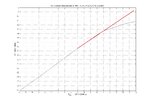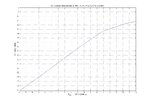luckyali
Member level 5
Hello every one.
I would like to know what tests can be performed to checked the Linearity / Non-Linearity of the the Mixer for Up-Conversion and for Down-Conversion...
I would like to know what tests can be performed to checked the Linearity / Non-Linearity of the the Mixer for Up-Conversion and for Down-Conversion...

